Electric cars have a major role to play in lessening toxic emissions that are released from transportation. A question arises, ‘When did electric cars become popular?’. In this era, we look at electric cars and modern inventions. It is a big misconception because electric vehicles have a surprisingly storied and lengthy history. Electric cars have been here for nearly 200 years. It has gradually been expanded in the shadow of the internal combustion engine. In this article, we will tell you the lengthy history of cars. Also, we will answer the question, ‘When did electric cars become popular’?. Please keep reading.
When did Electric Cars Become Popular?
We have tried to cover the history of electric cars. This will tell you in detail “When did electric cars become popular?”. Also, you can have an idea of the future of electric cars after reading this article. Let’s get started.
1- 1830- The beginning
It is quite surprising that electric cars have been around for much longer than you thought. The first electric car came into being in the 1830s. In the 1830s, the mode of transportation was horse and buggy. People using these models thought there might be a better, more convenient way to travel, particularly when their horse gave up. In the USA, this thought was more prevalent. The prime reason is that they had more interest and money then. The innovators from different places began working on the concept of a battery-powered card and created some small-scale electric vehicles.
2- 1832
In 1832, the British inventor Robert Anderson made the first crude electric car in 1832. However, it was in the early stages and became more famous in the 1970s. After that, more practical models were manufactured in England and France.
3- 1859
Gaston Planté, the French physicist, developed the first lead-acid battery. This battery offered a doable way to store electricity onboard a vehicle. In 1881, another French scientist, Camille Alphonse Faure, considerably enhanced the capacity and improved the design of the battery.
4- 1884
Thomas Parker was an English investor responsible for the London Underground electrification. He built the first production electric vehicle in Wolverhampton in 1884. In 1884, the production of early electric cars was made by German engineer Andreas Flocken.
5- 1890
Around 1890, William Morrison, an American Chemist, created the first successful electric automobile in the US. His six-passenger vehicle has a top speed of only 14 miles per hour. However, it helped spark interest in electric vehicles across the US.
6- Early 1900s – Electric Began to Attain Traction
In the late 1890s and early 1900s, the people’s interest in the electric sea increased massively. Walter Bersey designed and launched a fleet of battery-powered taxis to the streets of London. In the meantime, New York had a fleet of approximately 60 electric taxis. Electric vehicles in the 1900s accounted for a third of all cars on the streets in the US.
7- 1901– The First Hybrid Electric Car is developed
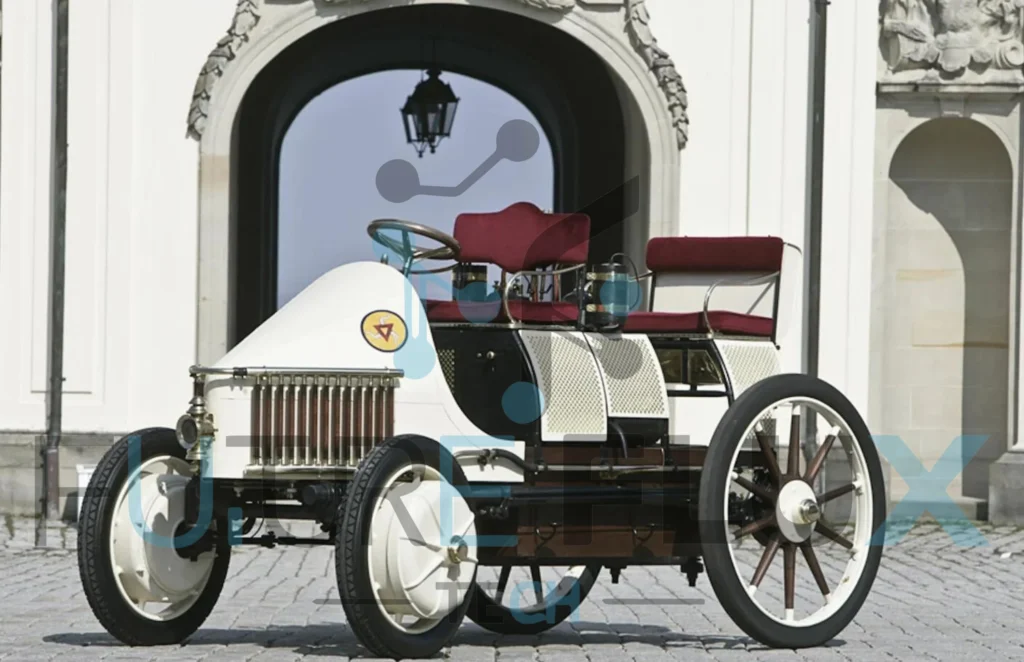
Because of the high demand for electric vehicles, manufacturers, including Thomas Edison, started to explore ways to improve the technology. They started working on electric car development. For instance, Edison then worked to make a better battery for electric cars. In the same year, Ferdinand Porsche, who was the founder of the popular sports car. He made the world’s first hybrid electric car. It was powered by electricity stored in a gas and battery engine.
8- 1914
In 1914, Henry Ford partnered with Thomas Edison. They partnered up to expose the alternatives for a low-cost electric car. However, Ford’s renowned Model T soon dealt a blow to electric cars. It is because gas cars have become more widely affordable and available.
9- 1920-1935
The improved infrastructure of roads and affordable and widely available gasoline cars played a major role in a drop in electric cars. Electric vehicles were restricted to use in cities. The prime reason for this is their low range and slow speed. Ultimately, by 1935, they had all but vanished.
10- 1960s-1970s
During the 1960s and 1970s, the prices of gas skyrocketed in the US. This price hike sparked a renewed interest in electric cars. However, electric vehicles, which were made during the 1970s, still struggled to compete with gas cars because of their limited range and performance.
11- 1971- EVs Going to the Moon
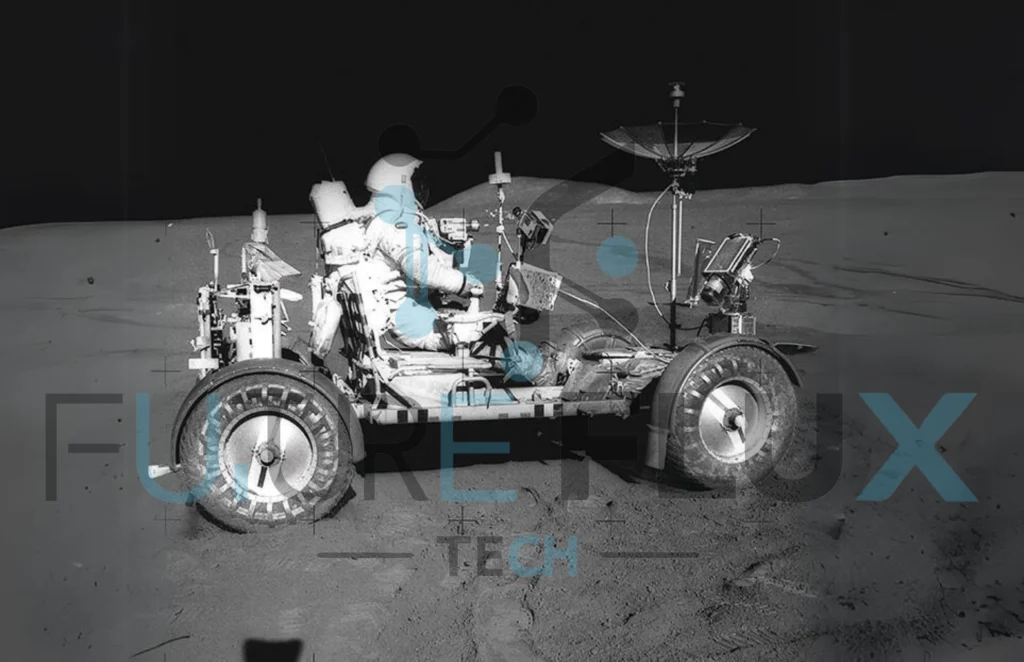
During the Apollo 14 mission, an electric vehicle was used. This vehicle was called the Lunar Roving Vehicle, which was a battery-powered vehicle with a weight of 210 kg and a top speed of 8mph. If you think that electric cars are now more expensive than ever, then you will be amazed to hear this one: it cost £32.3 million, yes you heard it right. This car was made by Boeing in 1971, and in today’s money, it is for around £236.1 million. Following on from this, the 1970s was full of wonderful yet weird tries at making electric cars. Not all were successful, but they had to begin somewhere.
12- 1976
In 1976, the US Concrete passed the Hybrid and Electric Vehicle Research, Demonstration, and Development Act. This act authorized the Energy Department to aid development and research in electric and hybrid electric vehicles.
13- 1990s- Head Turns Towards EVs Following New Rules
After a lot of trial and error with electric power, some countries agreed on making a real change and pushed towards making electric vehicles the norm. Particularly in the US, new electric vehicle regulations were being enforced. It was about renewing the interest in electric cars after a quiet patch in the 80s. These laws and regulations allow electric vehicles to drive at higher speeds and perform better than the average petrol-powered vehicle.
14- 1991
The marketing of the lithium-ion battery by Asahi Kasei and Sony in 1992 was responsible for the development of electric cars with the ability to travel longer distances.
15- 1997- the Arrival of the Prius
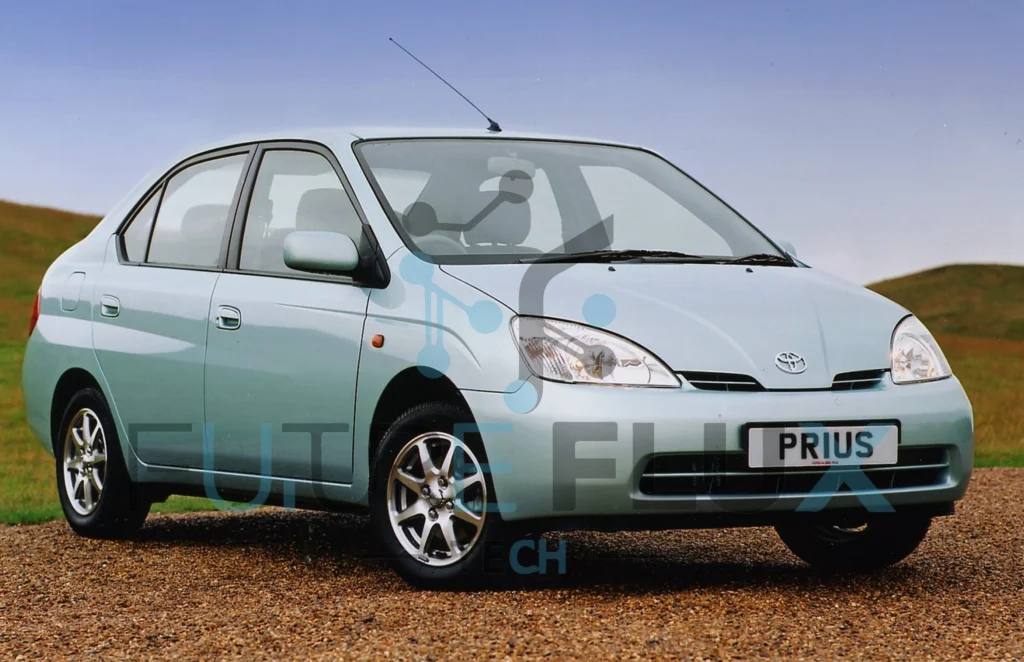
After not having much success in America, Toyota decided to come forward and make a car that would change the world. The mighty Prius was copied for many years by monitoring car enthusiasts and journalists alike but was the first mass-produced hybrid. In the beginning, Hollywood celebrities were the customers of this car. However, soon, it became the choice for the taxi driver and has since expanded to become a staple in the push for electric vehicles.
16- 2004
The giant US electric car manufacturer, Tesla Motors, started working on the Tesla Roadster in 2004. However, it was first delivered to buyers in 2008. Tesla’s model was the first highest legal serial production pure electric vehicle to utilize lithium-ion battery cells. Also, it was the first to travel more than 200 miles on a single charge.
17- 2010- Leaf etc
Between the late 90s and 2010, the push for electric vehicles got very strong. Plus, almost every mainstream car manufacturer was giving it a go in one way or another. It was either fully electric or hybrid. One of the main firms that gained popularity from this is Tesla. Tesla electric cars were not very successful in the beginning, but it is now the world’s largest electric vehicle maker. Other firms that excelled in this period included Nissan with the Leaf, Honda with the Fit EV, and Renault with the Zoe. This phase can be considered as the electric vehicle evolution.
18- 2012- Tesla Model S
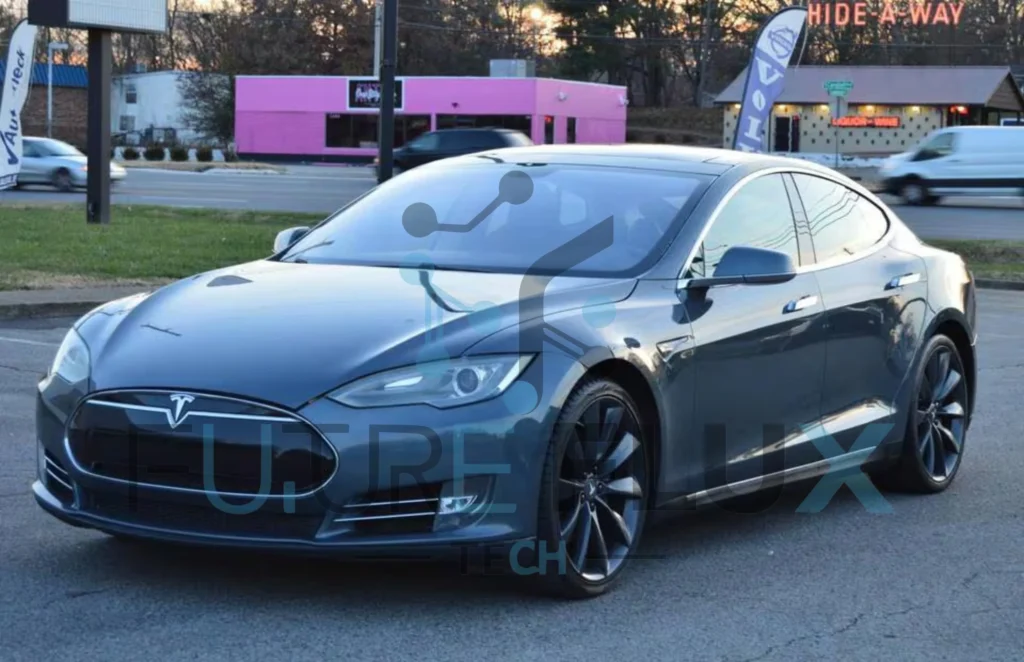
After working hard to get anywhere with the Roadster, Tesla decided enough was enough and tried making a family vehicle for the people rather than a niche sports car. The result of this struggle was the Model S. Now, it is one of the best-selling electric vehicles in the world. Even though the infrastructure was so fresh back then, the Model S still managed to make a big impression and was surprisingly famous. However, it is mainly used as a second car for richer folk. It is because of the higher charging difficulties and lower range.
19- 2020s- The Great Bun
In November 2023, the prime minister of Britain, Boris Johnson, announced the state’s plan to put a ban on petrol and diesel cars by 2035. This surprised the people and resulted in more electric vehicle adoption. Also, this plan means that car manufacturers have only a decade to sort themselves out and manufacture electric vehicles. Otherwise, they would never be able to do car business in the country again.
After this announcement, many other countries followed the case. Moreover, a lot of manufacturers have speeded up. They are either pumping out more electric vehicles or last-hurrah V12 manuals. Now you know everything about, “When did electric cars become popular?”.
Conclusion
The history of electric cars is still being written. Electric vehicles are basically shaping the car industry. In the future, the success of car companies will be greatly dictated by their current response to the rise of EVs.
Some companies are working on more advanced tech and specs to make electric vehicles that are more comfortable and convenient for people. This is because they want to make electric cars widespread to make the environment green and provide a better place to live. Hopefully, now, after reading the history of electric vehicles, you know “When did Electric Cars Become Popular?”.
Learn about different types of electric car charging station business models by visiting our website.
FAQs:
1- When did electric cars become more popular?
Between the late 90s and 2010, the push for EVs got very strong.
2- When did electric cars make a comeback?
It was not until the 90s and 2000s that EVs started to come back. After that, the progress of making EVs for a better environment started.
3- Is Tesla the first electric car?
Although EVs were invented in the 1800s, Tesla was the first modern electric car.
4- When was the first all-electric car sold?
In July 2009, the first all-electric car was sold.
I’m Waqas, an electric vehicle enthusiast and tech writer with over 6 years of experience covering the EV industry. I write in-depth articles, comparisons, and reviews to help readers understand the fast-evolving world of electric mobility. From battery technology to EV launches and charging trends, I aim to make complex EV topics simple, engaging, and informative for everyday drivers and curious readers alike.

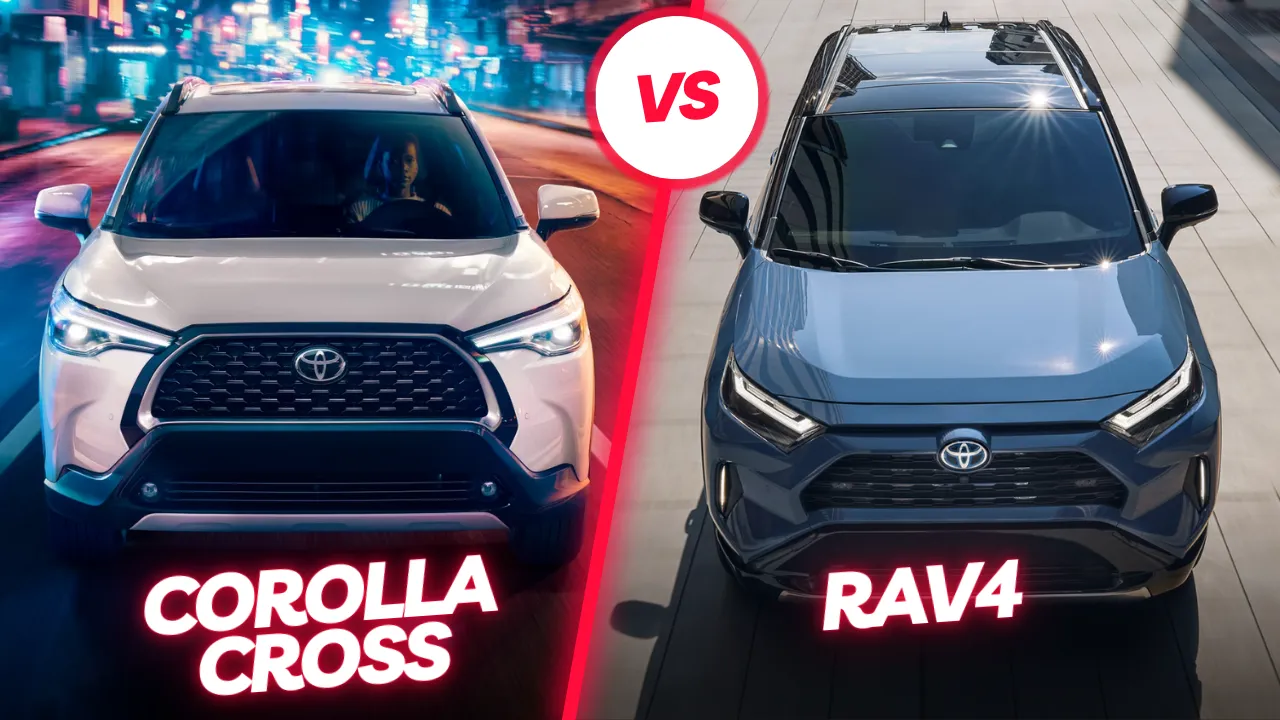
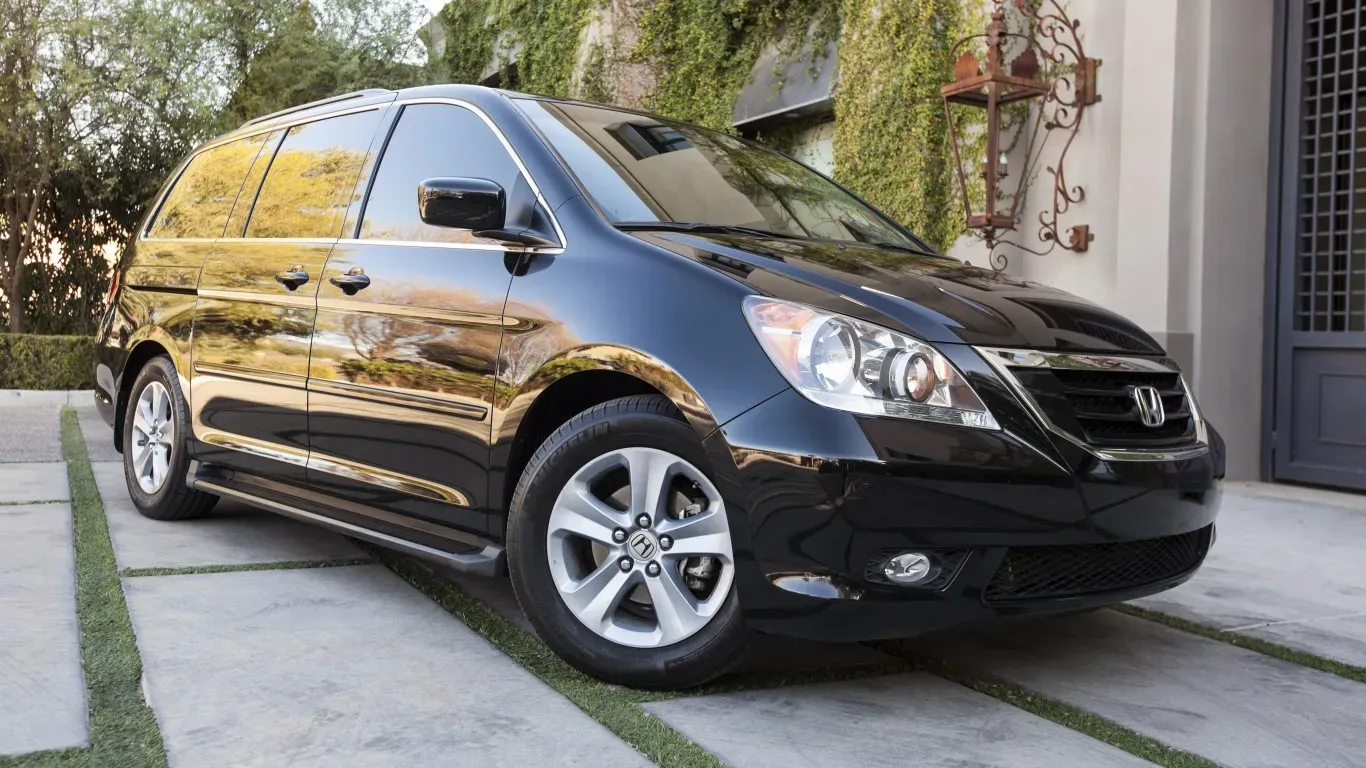
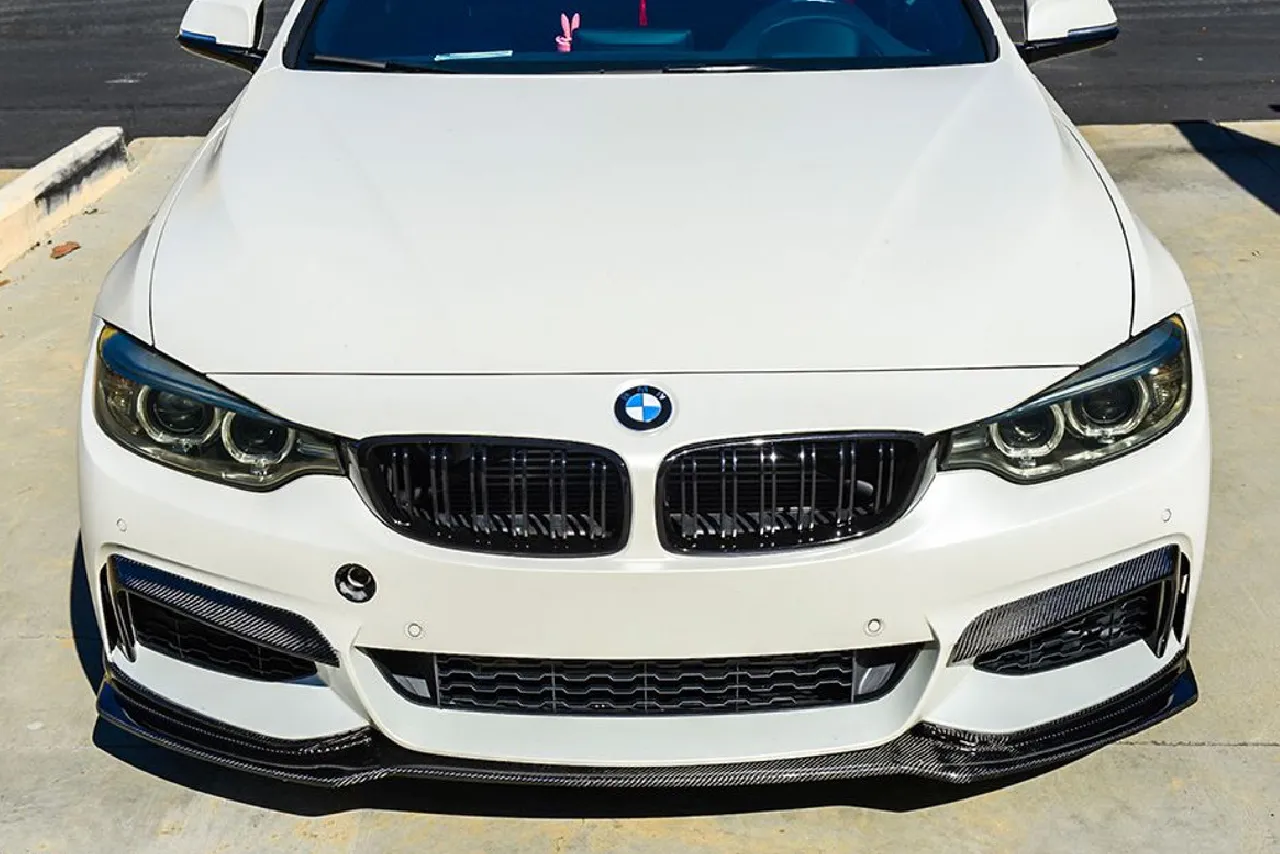


One Response